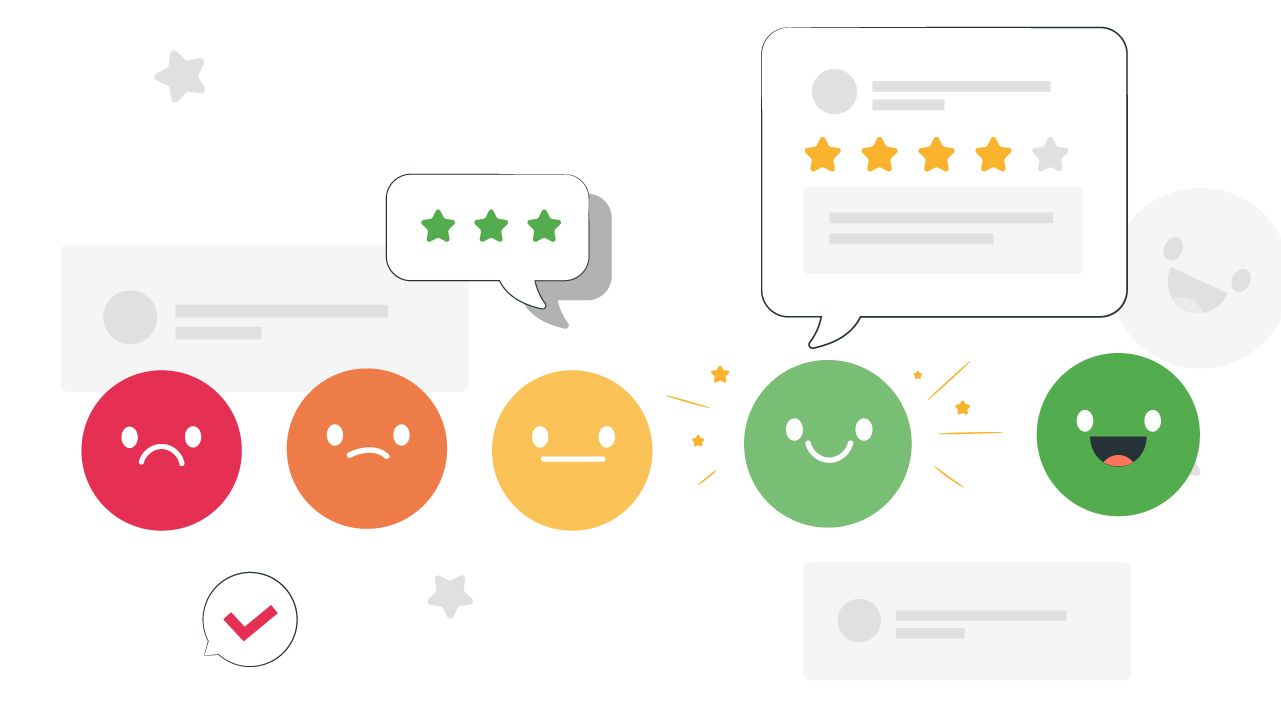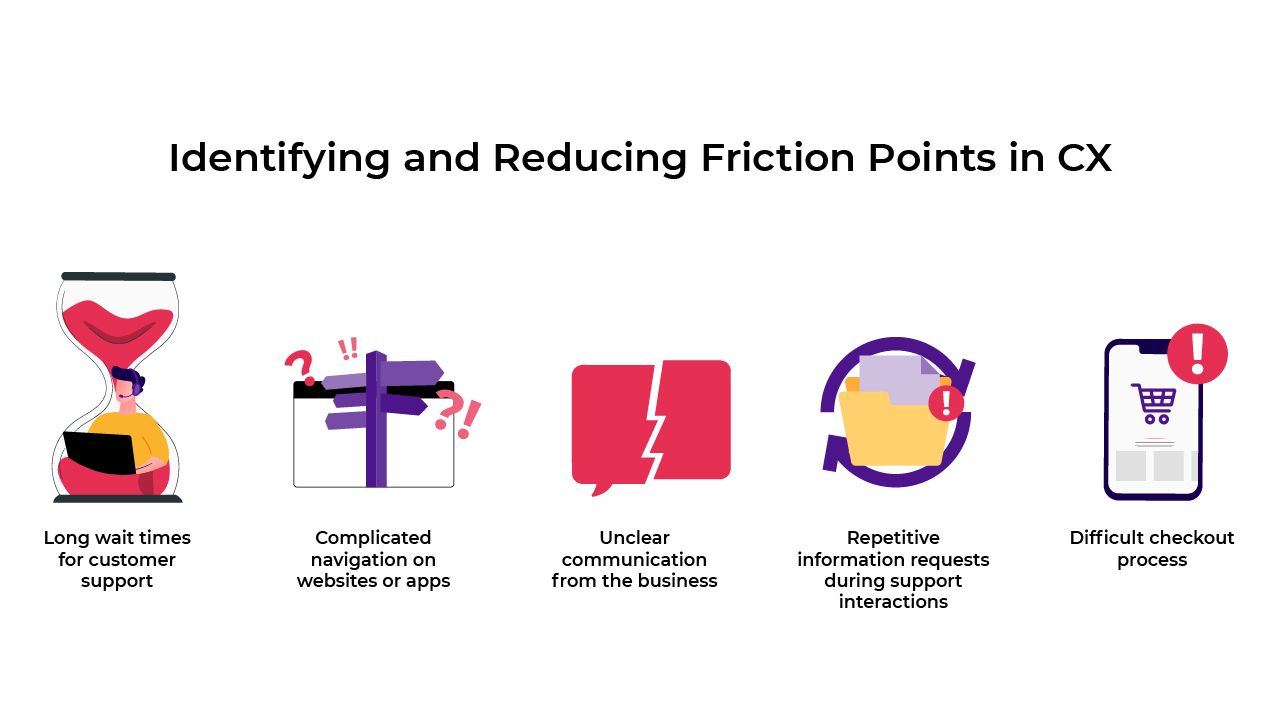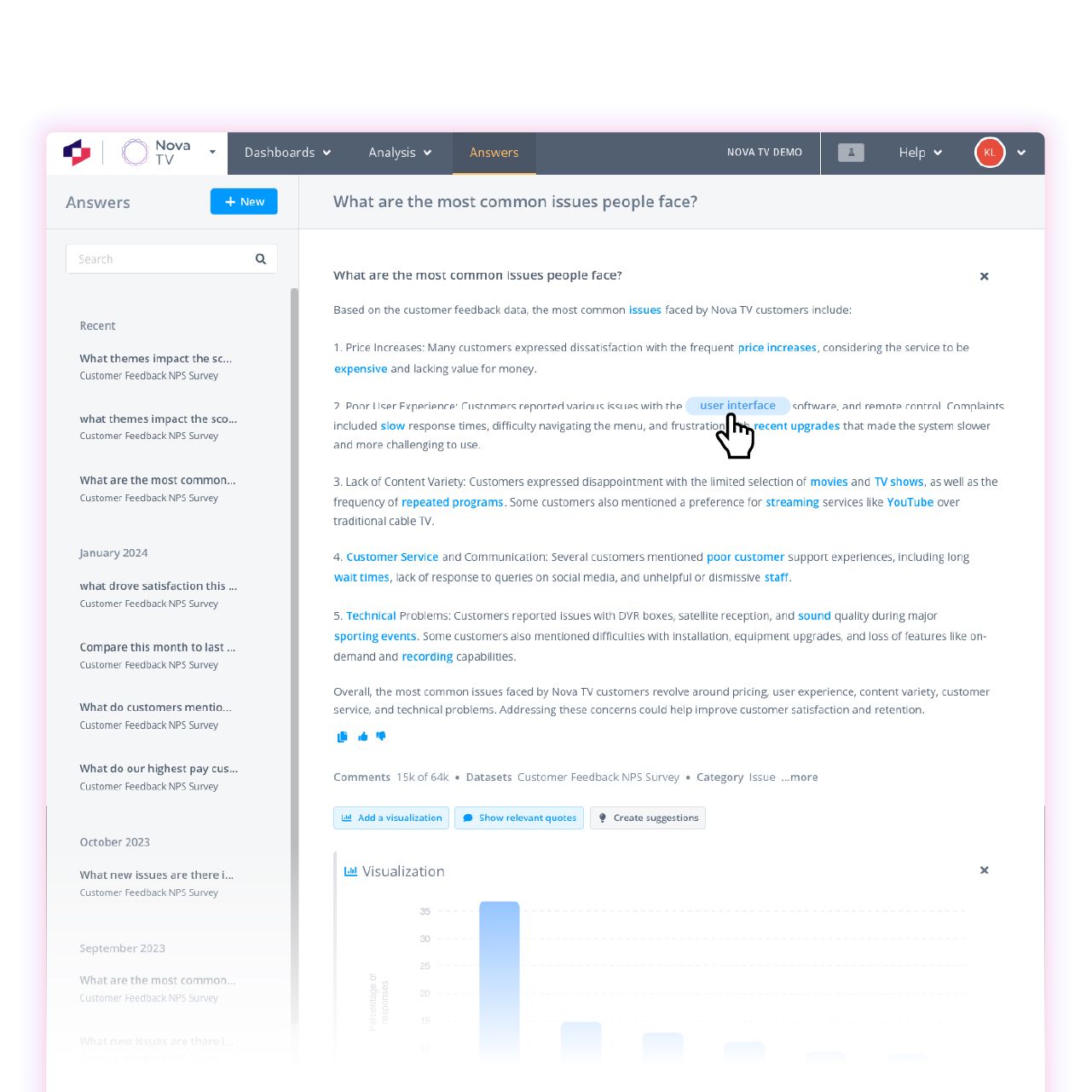How Bad Customer Experiences Cost Your Business Big Money
Imagine you’ve launched a new online delivery service. Initial orders are high. Yet, repeat use is low. Then, feedback from a user sheds light on the issue: setting up an order is too complicated for quick, everyday use.
Businesses lose approximately $1.6 trillion due to frustrating customer experiences annually.
Good customer experiences aren’t just about aesthetics or functionality. It's crucial to connect with your users. Creating a customer experience (CX) that builds a connection with customers, demonstrates that you value their time and preferences.
But how do you quantify how much positive or negative CX drives the bottom line?
Customer experience influences outcomes from loyalty to spending. Yet many businesses struggle to measure its real impact. To achieve tangible change, questions arise: How do we transform CX from a 'nice to have' into quantifiable improvements?
And that's what we're going to find out.

How do you quantify the impact of CX?
The secret to a profitable, successful business? Create positive customer experiences by weaving them into every aspect of your business. Your customer experience (CX) begins the moment they discover you. It continues with every interaction that follows – from purchases to support requests. Good customer experience helps you to boost loyalty, brand reputation, and cut support costs.
With gains of up to 30% in company value tied to a 10% rise in customer retention, businesses cannot afford to neglect CX improvements. Customer experience presents a lucrative opportunity for those who invest wisely.
Better customer experience, better bottom line. Satisfied customers stay loyal, repeat purchases follow, and acquisition costs decrease.
How do you measure CX?
Don't choose customer experience measurement tools at random. After you’ve defined the desired successful outcome, select a metric that help measure progress toward those specific goals. Here's a breakdown of common options organized by the aspect of the customer experience they help you improve.
Loyalty and Advocacy:
- Net Promoter Score (NPS): Measures willingness to recommend. A key indicator of overall relationship health.
- Customer Effort Score (CES): Gauges how easy it was to solve an issue, tied to loyalty as friction drives abandonment.
Immediate Satisfaction:
- Customer Satisfaction (CSAT): Measures contentment, often tied to specific support interactions, transactions, etc.
Deeper Insights, Not Just Scores:
- Churn Rate: How many customers you lose over time. High churn often points to problems needing deeper investigation.
- Customer Lifetime Value (CLV): Combines revenue per customer with retention. Improving CX generally boosts this key metric.
The 'Why' Behind the Numbers:
- Qualitative Feedback: Surveys, reviews, etc., give customers a voice beyond raw scores.
Choosing the right mix of channels and VoC data depends on your business model and improvement focus. A subscription-based company might obsess over churn but use simple CSAT per ticket. A retail focused on one-time sales may look more at NPS.
If you run into difficulty getting leadership support for a CX measurement program, make a business case for improving CX. When it comes to the bottom line, customers are willing to pay 16% more for products and services from brands with superior positive customer experiences.

Identifying and Reducing Friction Points in CX
Friction points in customer journeys often directly sabotage sales. They create obstacles that lead to frustration and abandonment. For example, an overly complex checkout process can drive away up to 87% of shoppers who are ready to buy.
Snags like this can significantly dent customer satisfaction and loyalty.
There is a common misconception: customer experience (CX) might seem vague, but it has a direct financial impact. Streamlining the customer journey and reducing friction makes it easier for customers to spend money.
What are some common CX friction points?
- long wait times for customer support
- complicated navigation on websites or apps
- unclear communication from the business
- repetitive information requests during support interactions
- difficult checkout process
Addressing these issues improves the customer experience. Better CX can lead to cost reduction by better meeting customer needs.
But how do you figure out what friction points your customers are experiencing?
Voice of the Customer (VoC) comes in here.
What is VoC? Why is VoC is it important for positive CX?
Voice of the Customer is the process of capturing expectations, preferences, and aversions. VoC guides businesses in enhancing their products, services, and overall customer journey.
86% of customers will leave a brand after only two or three bad experiences. To your customers, your NPS and CSAT scores don’t matter. What matters is how your customers feel after they’ve used your product or services, and to identify causes of customer frustration and churn.
One in 26 customers will voice their complaint, while most will just churn. Treat all the feedback data like gold, whether it is through product reviews, social media chatter, or directly to customer services - to identify what is causing the frustration.
By focusing on VoC feedback, you can use the data to identify specific areas for improvement. Making customer experiences smoother and more enjoyable helps quantify the value of CX for your business.

How improved CX translates into cost reductions
Enhancing CX can reduce the volume of customer support queries, leading to direct cost savings in support operations.
Efficient and positive interactions also boost first-contact resolution rates. It diminishes the need for follow-up contacts and further reduces costs - up to 33% reduced costs according to Deloitte.
Positive customer experiences that lead to loyalty are five times as likely to repurchase your product. Good CX results in seven times as likely to try a new product offering, and four times as likely to refer a friend or colleague.
Customers who double up as brand advocates by generating positive word-of-mouth can lead to new business opportunities without the corresponding marketing expenses.
How to leverage technology to enhance CX and reduce costs
Leveraging AI technology such as machine learning and NLP can help you significantly enhance customer experiences and reduce operational costs.
These technologies deliver powerful benefits:
- Deep Customer Insights: Reveal behavior and preferences beyond surface-level actions, for hyper-targeted product improvements and marketing.
- Personalized Interactions: Enable tailored experiences, making customers feel understood, which builds loyalty and increases upsell potential.
- Predictive Customer Service: Pinpoint potential issues before they turn into complaints, allowing proactive mitigation that builds trust.
AI-powered chatbots and virtual assistants provide immediate, 24/7 support, reducing the load on human agents. Machine learning algorithms can identify patterns in customer data. The results can help preemptively address issues and tailor experiences.
In addition to this, AI-driven Thematic Analysis of customer feedback can lead to better insights into the customers' experience.
Elevating your CX is a Strategic Necessity
The journey towards consistently positive customer experiences is an ongoing process. It requires continuous attention to the voices of customers and the agility to adapt to their evolving needs.
Every interaction and every feedback loop is an opportunity to improve customer experiences. By extension, bolster the financial health and reputation of your business.
Leveraging insightful analytics is part of this process.
Thematic analysis tools provide insights into the undercurrents of customer feedback. Data empowers businesses to address concerns. Thematic analysis can also be used to anticipate needs. You can set the stage for a proactive rather than reactive approach to customer experience management.

This type of detailed feedback breakdown goes far beyond basic NPS or a "thumbs up/down" system. AI-driven tools can translate insights into quantifiable CX improvements.
How Thematic delivers actionable CX insights
With highly unpredictable markets, tools that deliver specialized analytics offer a distinct competitive advantage by making it easy to hear and act on the voice of the customer. Here at Thematic, our mission is to make it fast and easy to hear and act on the voice of the customer.
DoorDash uses Thematic analytics platform to uncover and dive into recurring pain points that arise in their feedback. Pain points and common frustrations like delivery delays. With Thematic, they can easily drill down further: The common problems are delivery delays. Are wait times long? Is estimated delivery inaccurate? Or is communication during a delay poor?
Thematic’s AI breaks down large amounts of customer feedback to find hidden patterns and trends. The analysis process goes beyond generic likes/dislikes. The analysis gives you insight into specific areas for improvement across your customer journey. The results enable targeted, data-driven CX enhancements.
With our conversational feature, Thematic Answers, you can simply type in your question to get a rich and quantified answer on what to solve, with all the evidence.
Curious? Check out how you can boost efficiency, cut costs, and gain actionable insights from customer data with Thematic today.




